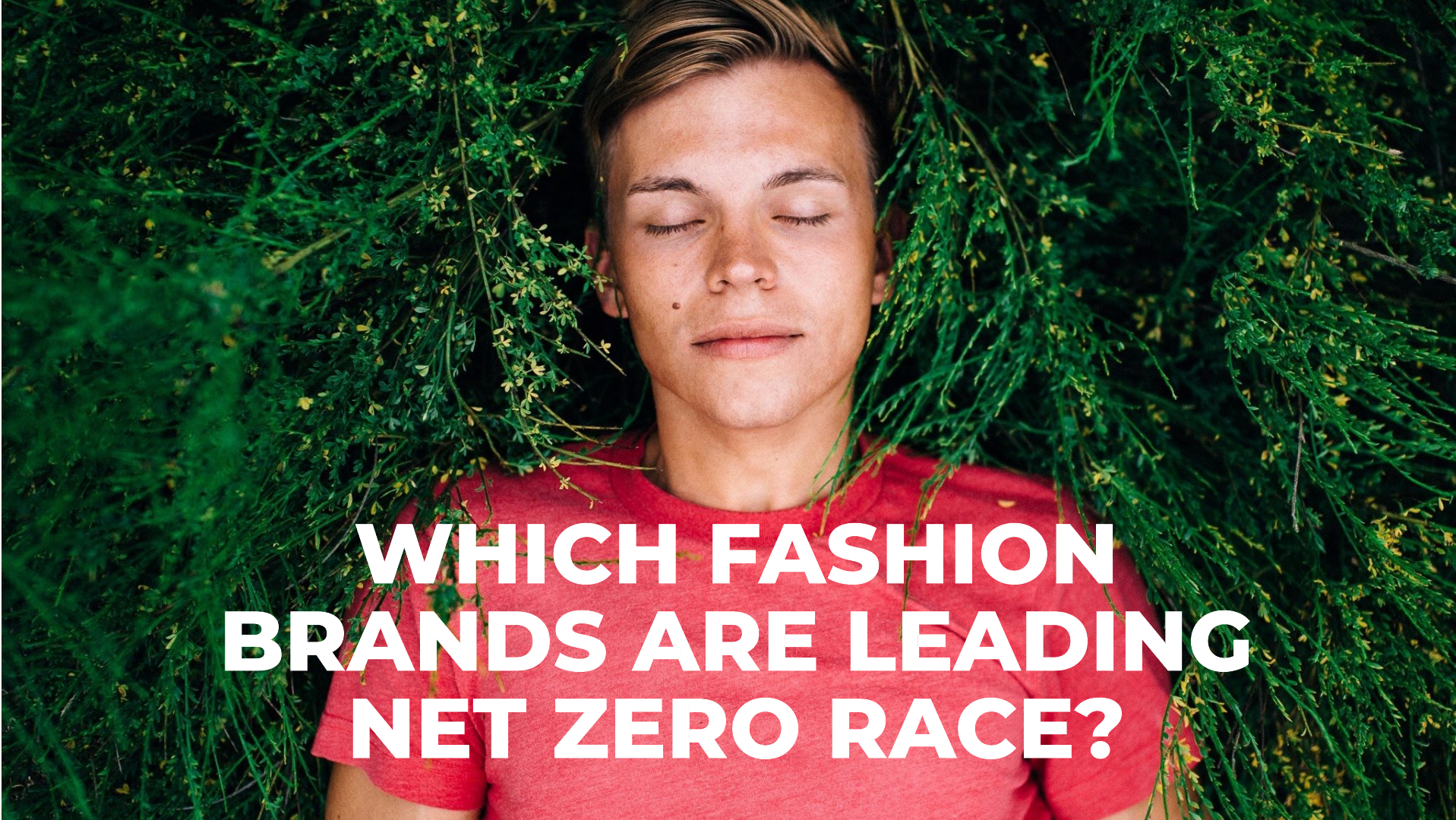Introduction
The fashion industry is one of the largest contributors to global carbon emissions, accounting for approximately 4% of total global emissions, according to McKinsey & Company. From raw material extraction and textile production to logistics and consumer use, every stage of the fashion supply chain leaves a significant carbon footprint. With rising concerns about climate change, leading apparel brands are making bold commitments to achieve net-zero emissions through renewable energy adoption, supply chain transformation, and carbon offset programs. But which brands are truly leading the race toward sustainability?
Understanding Fashion’s Carbon Footprint
Fashion’s carbon footprint is largely driven by the following factors:
- Raw Material Production: Cotton farming, synthetic fiber production, and textile processing contribute to emissions through land use, water consumption, and fossil fuel dependency.
- Manufacturing & Processing: Dyeing, finishing, and garment production involve energy-intensive processes that often rely on coal-powered factories.
- Logistics & Distribution: The global supply chain requires extensive transportation, increasing emissions from shipping and air freight.
- Consumer Usage: Washing, drying, and ironing clothes contribute significantly to carbon emissions, with polyester garments releasing microplastics into the environment.
- End-of-Life Disposal: Landfills and incineration of textile waste release greenhouse gases such as methane and CO₂.
Leading Brands in the Net-Zero Race
Several fashion brands have taken major steps toward decarbonizing their operations and supply chains. Here’s a look at some of the frontrunners:
1. Patagonia: The Pioneer in Carbon Neutrality
- Net-Zero Goal: By 2040
- Key Initiatives: Patagonia has committed to using 100% renewable energy across all operations. The brand invests in regenerative agriculture for organic cotton and supports carbon sequestration projects.
- Impact: By 2022, 98% of Patagonia’s products were made with recycled materials, significantly lowering emissions.
2. H&M Group: Scaling Renewable Energy and Circularity
- Net-Zero Goal: By 2040
- Key Initiatives: H&M has pledged to achieve climate positivity by switching to 100% renewable energy in all facilities and reducing emissions by 56% per product by 2030.
- Impact: In 2022, over 80% of its materials were sustainably sourced, including increased use of recycled polyester and organic cotton.
3. Nike: Innovating Sustainable Manufacturing
- Net-Zero Goal: By 2050
- Key Initiatives: Nike has implemented its Move to Zero strategy, focusing on 100% renewable energy and reducing greenhouse gas emissions across its supply chain.
- Impact: By 2025, Nike aims to power its owned-and-operated facilities with 100% renewable energy and achieve a 30% reduction in carbon emissions.
4. Levi’s: Reducing Water and Energy Consumption
- Net-Zero Goal: By 2050
- Key Initiatives: Levi’s focuses on water and energy efficiency in denim production, with its Water<Less® technology saving over 4 billion liters of water since 2011.
- Impact: Levi’s suppliers have reduced emissions by 25% through renewable energy and factory upgrades.
5. Stella McCartney: Luxury’s Leader in Sustainability
- Net-Zero Goal: By 2040
- Key Initiatives: Stella McCartney pioneered the use of vegan leather, sustainable fabrics, and low-carbon production.
- Impact: The brand’s NO FUR, NO LEATHER policy and use of alternative materials significantly reduce carbon emissions.
Strategies for Achieving Net-Zero in Fashion
Brands are using various strategies to cut emissions and work toward net-zero goals. Key strategies include:
1. Renewable Energy in Manufacturing
- Many brands are transitioning to solar and wind power for their factories.
- Example: Adidas aims for 100% renewable energy in its own operations by 2025.
2. Carbon Offsetting and Regenerative Agriculture
- Brands invest in carbon capture projects, tree planting, and regenerative farming.
- Example: Kering Group supports regenerative wool and cotton programs.
3. Sustainable Materials and Recycling
- The industry is shifting toward recycled polyester, organic cotton, and biodegradable fibers.
- Example: Zara (Inditex) aims for 100% sustainable materials by 2030.
4. Circular Economy and Closed-Loop Systems
- Resale, rental, and repair programs extend product lifecycles and reduce waste.
- Example: Eileen Fisher’s Renew Program recycles old garments into new designs.
Challenges in the Net-Zero Race
Despite progress, achieving net-zero in fashion comes with challenges:
- Supply Chain Complexity: Many brands rely on outsourced manufacturing, making emissions reductions difficult.
- Greenwashing Concerns: Some companies exaggerate sustainability claims without measurable impact.
- High Costs of Transition: Switching to renewable energy and sustainable materials requires significant investment.
- Consumer Awareness and Behavior: Fast fashion remains popular, creating tension between affordability and sustainability.
Conclusion
The fashion industry is at a turning point. While some brands lead the way with ambitious net-zero commitments, the path to decarbonization requires industry-wide collaboration, policy support, and increased consumer awareness. By investing in renewable energy, sustainable materials, and circular economy models, fashion brands can reduce their carbon footprint and set a precedent for a greener future. The race to net-zero is on—who will cross the finish line first?
